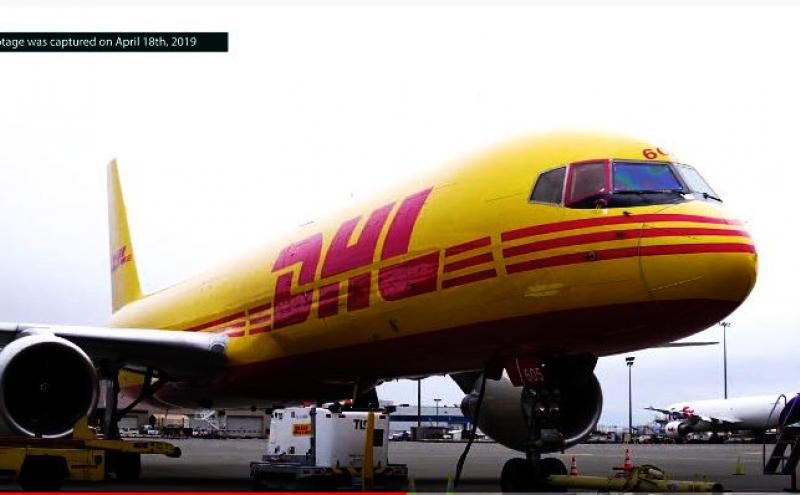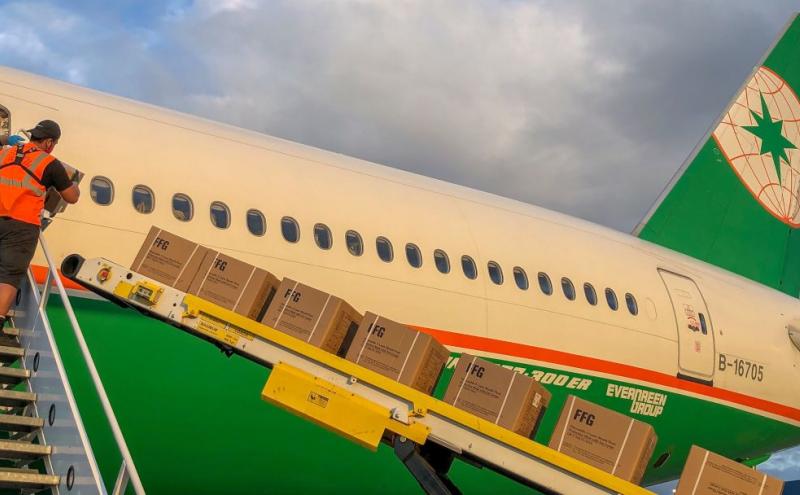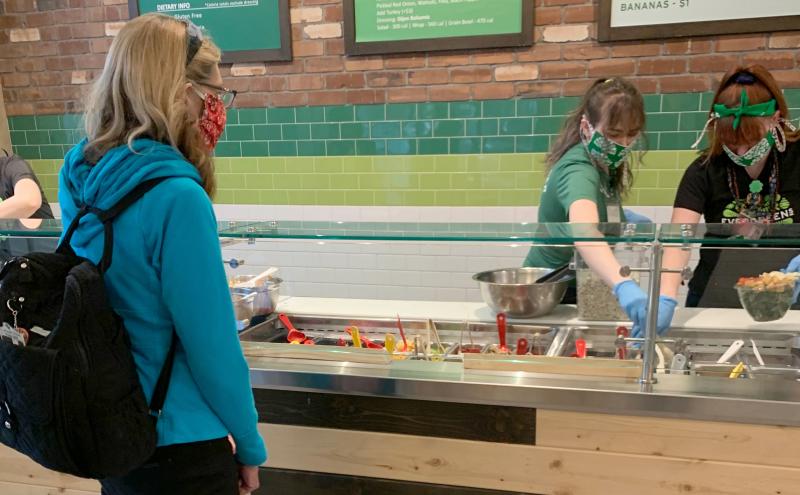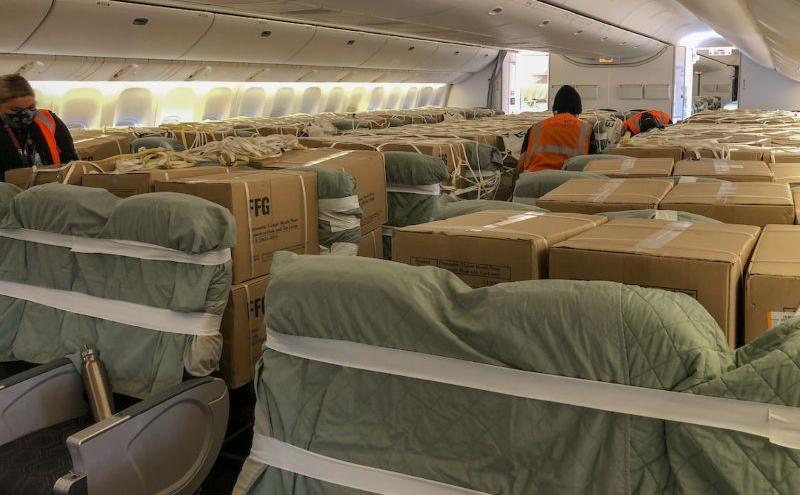
This article was originally published in the Seattle Times.
In February 2020, Lyn Salazar was working as a kindergarten teacher at the American School in Kuwait. Then, the pandemic struck. Her school closed February 25, and Kuwait’s airport closed March 13. At first, Salazar thought she and her 10-year-old daughter might be able to ride out the pandemic, although she worried about her three adult children back in the U.S.
Then, her Kuwaiti neighborhood was targeted for a guard-enforced lockdown due to the rapid spread of COVID-19 and overcrowded living conditions. Salazar decided it was time to leave. “I realized I needed to be near my kids, and if I got sick, my 10-year-old would be alone in Kuwait,” she says.
The U.S. embassy offered a few evacuation flights, but tickets were nearly double the standard fare price. In April, the Kuwaiti government finally allowed expatriates to leave on commercial flights.
Salazar went online and bought a ticket for a return to Seattle. She and her daughter took an inexpensive, thin mask intended for dust, and used a glue gun to attach tea towels, which improved filtering.
“The plane was really empty, which was nice, but strange,” she says. She and her daughter were able to switch seats and have an entire row to themselves.
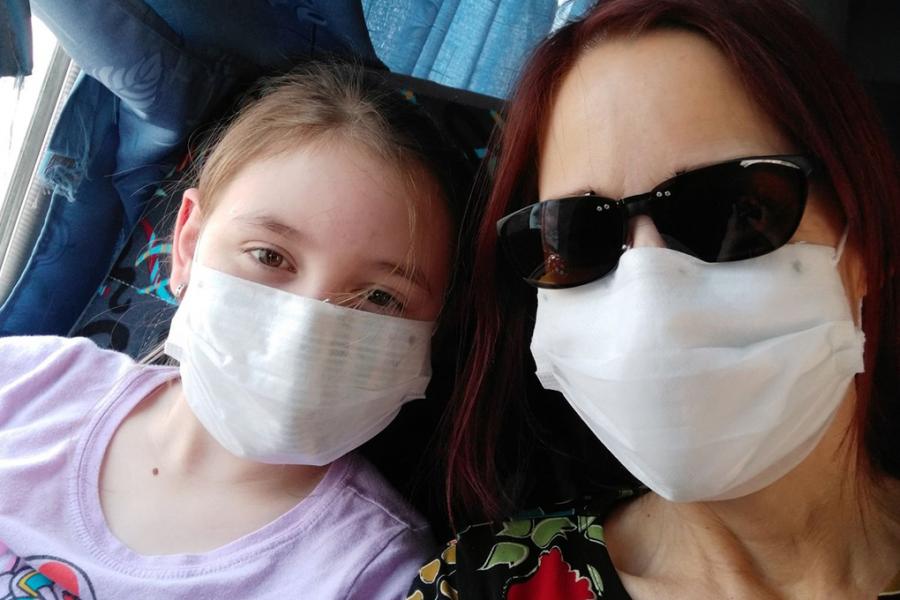
Salazar is one of the individuals who’ve relied on international air travel, even during the pandemic. Flights have returned study-abroad students to their parents, brought temporary agricultural workers to do the hard work of gathering seasonal produce, and ferried vital cargo to final destinations.
Traditionally, Seattle-Tacoma International Airport (SEA) is one of the top 10 busiest U.S. airports. Last year, in 2019, more than 51 million passengers touched down and took off, with 30 airlines serving 91 domestic and 26 international destinations.
The pandemic has drastically impacted operations. SEA estimates there will be an overall 59% drop in passengers in 2020, compared to 2019. During the summer of 2020, only 25 percent of the passenger volume of 2019 flew, although numbers have steadily increased since June.
Necessary flights
One of the international flights continuing throughout the pandemic is the Seattle-Taipei route, served by EVA Air. Based in Taiwan, EVA Air has served SEA since 1993, making it Seattle’s longest-serving Asian carrier. From its Taipei hub, EVA carries passengers and cargo to over 50 destinations, including cities in Vietnam, the Philippines, Thailand, and Indonesia.
The flights have ferried passengers with an urgent or essential need to travel between Seattle and Asia throughout the pandemic’s timeline, while taking steps to keep passengers and employees safer. Passengers must wear masks and observe social distance requirements. Aircrew wear masks, protective eyewear, and isolation gowns. Cabins are thoroughly cleaned with a professional aircraft disinfectant.
EVA’s flights have transported important cargo, too. Typically, passenger flights carry cargo only in the aircraft’s “belly hold,” or spare space in the airplane’s baggage hold. In the spring of 2020, in response to widespread demand for masks and personal protective equipment (PPE), EVA began carrying cargo in passenger cabins. Flights from Taipei brought masks and other personal protective equipment to the U.S. Read more
Meanwhile, local producers often struggled to find available cargo space to ship products to overseas markets. EVA’s return flights from Seattle carried important Washington exports like seafood and cherries.
It’s not often that airlines stash cargo in the passenger cabins — the last times EVA carried out such projects was in the aftermath of September 11, 2001, and 1980s mail charter flights.
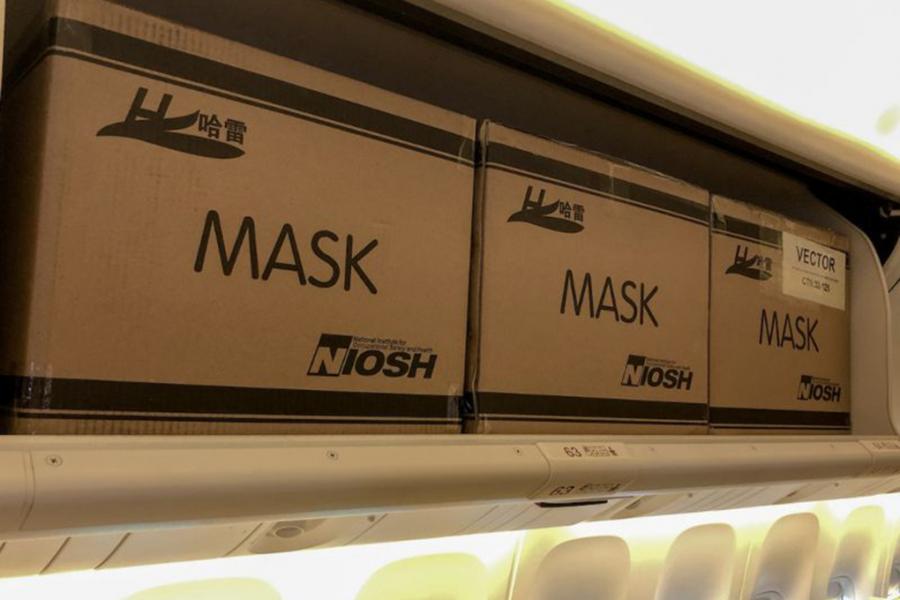
Delta Air Lines has operated 300 cargo flights to and from SEA since March, carrying medical and PPE equipment, pharmaceuticals, home office supplies, U.S. mail and food, among other supplies. In October, Delta moved 25,000 lbs. of PPE on a 757 from SEA-DTW.
Sometimes concessions have to be made, as well. For example, the pandemic led to restrictions on shipping live animals, but Delta Cargo made exceptions for U.S. military who need to ship their pets. As a result, more than 170 pets have traveled through SEA.
“From reuniting families across continents to ensuring critical supply chains remain open, the role Delta plays during a global crisis is more than flying from point to point. It’s about people,” says Tony Gonchar, Delta’s vice president in Seattle. “During a time of shared challenges, our people at Sea-Tac and around the world are on the front line every single day fighting this virus and keeping the world connected.”
Responding to the crisis
To keep people connected and flying safely, SEA has instituted new requirements for mouth and nose coverings, and began thorough disinfection as part of the FlyHealthy@SEA program.
In fact, SEA has recently become the first West Coast airport to earn accreditation from Airport Council International’s Airport Health Accreditation program. The program assessed SEA’s cleaning and disinfection routines, protections for staff, passenger communication and facilities, as well as physical distancing and physical layout.
However, there’s still a process for screening potentially ill passengers. Customs and Border Patrol agents may identify people who need further health screening, travelers fill out a health survey screening questionnaire on the plane before arrival, and CDC officers monitor arriving passengers for COVID-19 symptoms such as coughing.
And exclusions exist — foreign nationals who’ve visited any of 34 countries (including all of the European Union, China, Brazil and the United Kingdom) in the previous 14 days are prevented from entering the U.S. On the other hand, U.S. citizens and permanent residents are still allowed to enter from those nations.
For now, SEA recommends avoiding nonessential travel and staying home when sick. The CDC agrees, and says individuals should avoid traveling while ill or infectious, even if they’re asymptomatic. If close contact with a COVID-19 positive person has occurred in the past 14 days, it’s best to delay travel and quarantine until 14 days after the last exposure.
Now back in the Seattle area, Salazar is interviewing for another position abroad, although she knows COVID’s timeline may not permit her to travel until next year. She’s choosing not to travel currently, as she’s immunosuppressed and doesn’t want to take any chances. But 2021 may (hopefully) be a new year, in many ways.
As the Pacific Northwest’s primary gateway to the world, SEA aims to provide an elevated travel experience inspired by the region’s unique nature and culture.

